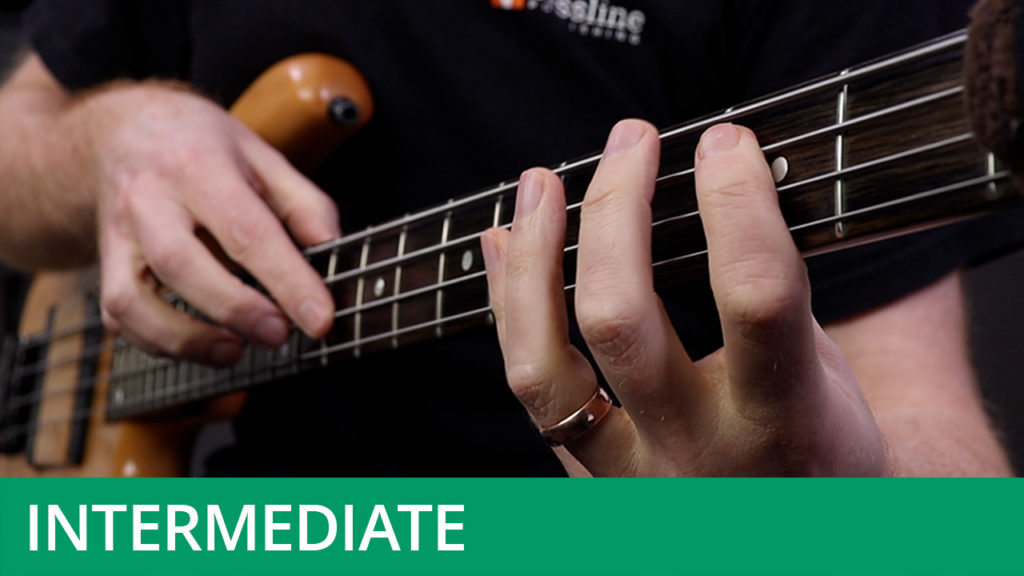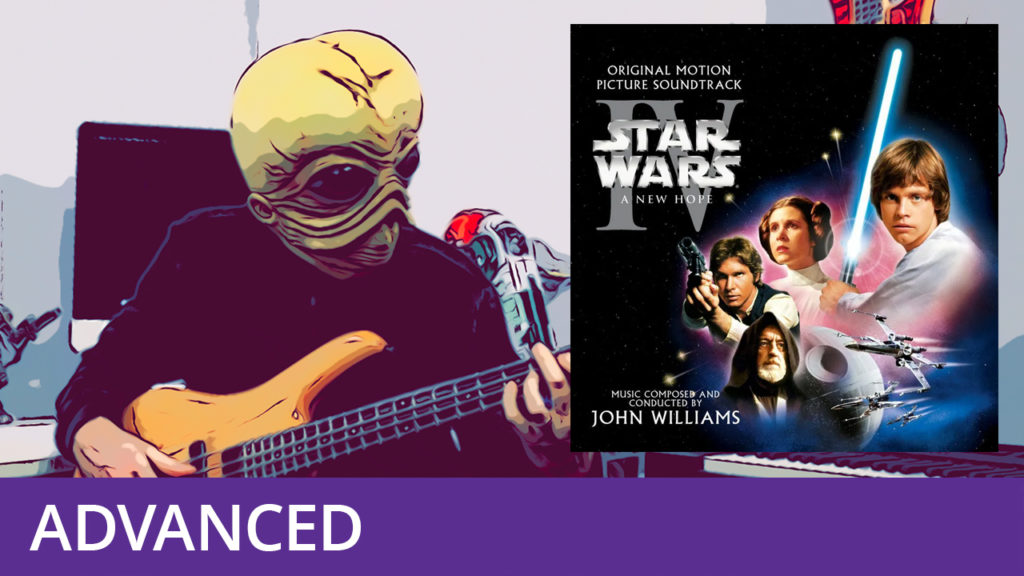Linear Tapping (Part 1)
Course Duration: 38 Minutes | Difficulty Level: 5
This video course is the first of three that will examine the linear tapping technique. Linear tapping is the style of tapping that was utilised by guitarists such as Steve Hackett and Ace Frehley in the early seventies and was later more widely popularised by Eddie Van Halen. It differs from the two-handed tapping techniques that have been covered so far in that it is based on long sequences of notes played on one string at a time. Using linear tapping, it’s possible to play very fast solo lines, making it a very popular technique with lead guitarists! This is not a technique that bass players are often called upon to use, although virtuosos such as Billy Sheehan and Stuart Hamm have made it a key part of their technical arsenal.
Don’t forget to hit the Download Resources button above in order to download the PDF worksheet and audio files for this course (available to subscribers only).




